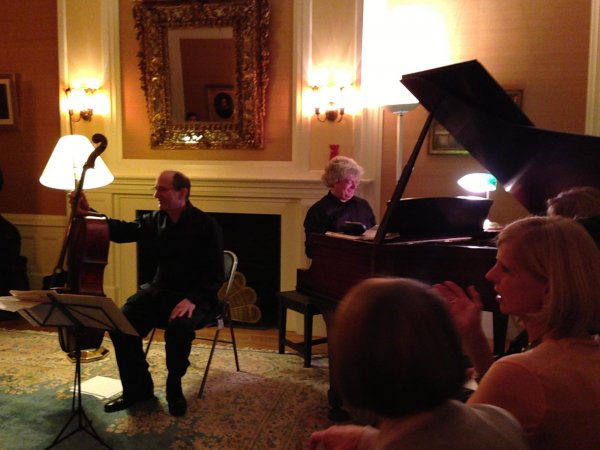There is no one correct answer. It depends on the speaker, and sometimes even the system. My speakers are all dipole, some are dipole line-sources and some are four-tower line-sources with separate woofer towers. That makes them different from the majority of speakers out there.
Here's a recent experience - on Tuesday, I went to visit with a Genesis 1.1 owner. This would be one in original condition from nearly 18 years ago. The room was quite small, but well treated (not over-damped). When I first listened, a solo voice like Jacintha was over-large, but a recording of a solo piano was small and thin. All I did was to adjust the low-pass, phase and gain on the bass. The image and scale problem there was caused by a coherence issue - in this case there was a bit of a mid-bass suck-out and the phase was skewed by just under 100 deg off between the midrange and the woofers.
In another case, solo voice was again too large, and a piano was also too large. That instance, I moved the woofer towers closer to the midrange/tweeters and that fixed the problem.
Even the smallest of the Genesis speakers allow you to adjust tweeter output and bass contour. With so much flexibility, we can and do adapt to rooms which are too small and the listener sitting too close, or rooms that are too large and the listener sitting too far away. My speaker set-up procedure is available to all - including non-Genesis owners.
http://genesisloudspeakers.com/whitepaper/Genesis_Loudspeaker_Setup_Procedure.pdf







